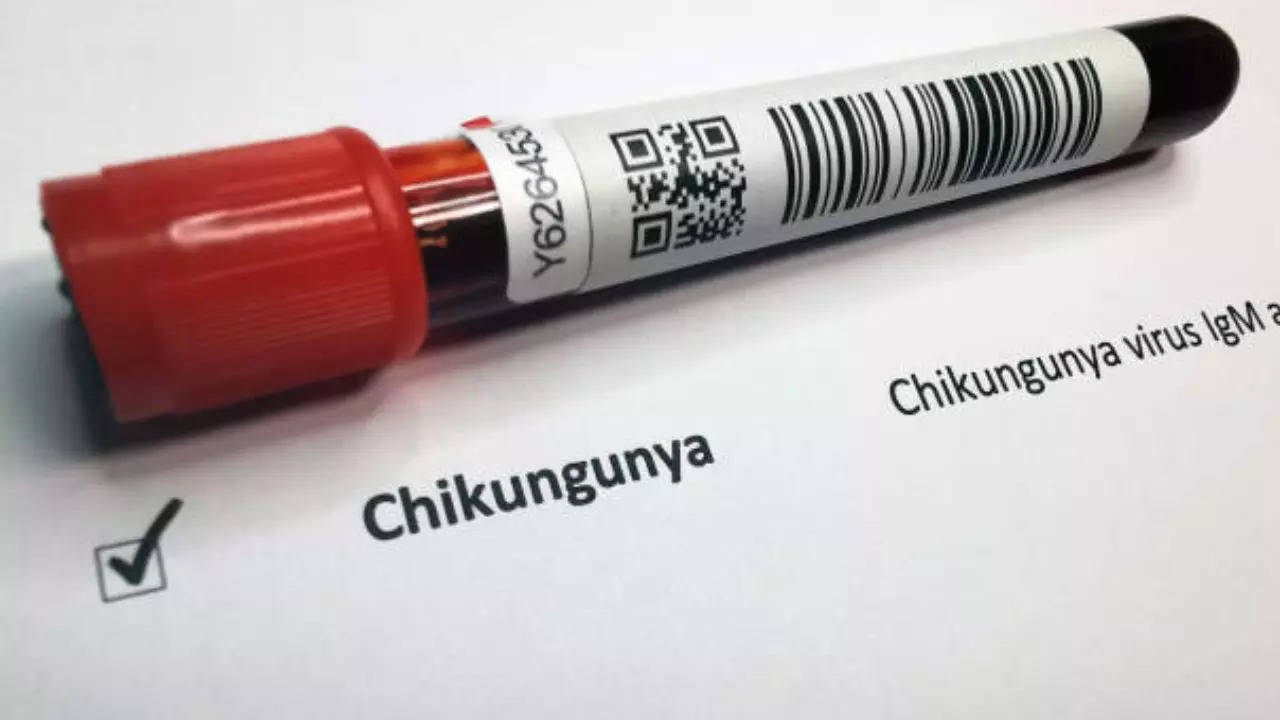
Mumbai has seen a troubling rise in chikungunya cases in 2024. Health experts are expressing growing concern over the increasing cases of the disease. Chikungunya, a viral illness transmitted by Aedes mosquitoes, is wreaking havoc on the city’s public health. The cases have been on the rise since the onset of the monsoon season. Once mainly seen in rural areas, the disease is now affecting urban centres like Mumbai. But why are these cases on a continuous rise? We got in touch with Dr Honey Savla, Internal Medicine, Wockhardt Hospitals, Mumbai Central who shares new symptoms, and diagnostic challenges caused due to this disease.
Why Are Chikungunya Cases On the Rise?
Dr Savla shares one of the main causes behind the rise of chikungunya cases in specific parts of the city, particularly in high-rise buildings and residential areas prone to waterlogging. These areas often have stagnant water that provides ideal breeding grounds for Aedes mosquitoes. Urbanization with poor drainage systems is believed to be a contributing factor, leading to the spread of the disease. Some regions, such as Juhu and central Mumbai, have reported notably higher case numbers, indicating that densely populated areas are becoming increasingly affected.
New Symptoms Of Chikungunya
Dr Savla explains that with increasing cases, the symptoms of chikungunya in Mumbai are also evolving. “While the usual symptoms of fever, joint pain, and rashes remain, there has been an uptick in cases involving neurological issues and hyperpigmentation, particularly in patients with co-infections. This could indicate a possible new variant of the virus, one that may cause more severe complications,” he said. The city’s healthcare system is adjusting to these challenges, with private hospitals becoming more prominent for diagnostic testing, as the cost of specialized PCR tests continues to rise.
Who Is Most At Risk?
Dr Savla shares that as the monsoon season persists, people who are at higher risk are those who spend significant time outdoors, as they are more likely to be exposed to mosquito bites, increasing the chances of contracting mosquito-borne diseases. More than 40 per cent of the infected patients develop arthritis lasting more than 3 months after the acute illness.
Treatment Options And Preventive Measures
“Adjustments in diet have no proven effect on preventing or reducing the impact of these illnesses. There are currently no medicines to treat chikungunya,” Dr Salva explains.
“Rest and fluids can relieve some symptoms. Take medicine such as acetaminophen or paracetamol to reduce fever and pain. Do not take aspirin or other non-steroidal anti-inflammatory drugs (NSAIDs), such as ibuprofen, because the possibility of bleeding can’t be ruled out,” he said.
Complications From Chikungunya Can Include:
• Chronic joint pain: The most common complication, with some people experiencing pain for months or years.
• Neurological imbalances: Chikungunya can cause neurological imbalances, seizures, and other neurological diseases.
• Ocular disease: Chikungunya can cause eye diseases, such as uveitis or retinitis.
• Jaundice: Chikungunya can cause jaundice due to liver damage.
• Acute renal disease: Chikungunya can cause acute renal disease when the kidneys are affected.
• Other complications: Rare complications include uveitis, retinitis, myocarditis, hepatitis, nephritis, bullous skin lesions, haemorrhage, meningoencephalitis, myelitis, and Guillain-Barre syndrome.
Experts advise residents to take extra precautions, such as:
– Using mosquito repellents,
– Wearing protective clothing, and,
– Eliminating standing water around their homes.
“With rising cases of chikungunya, these preventive measures are crucial to controlling the disease’s spread and keeping Mumbai’s residents safe from further outbreaks,” he said.

